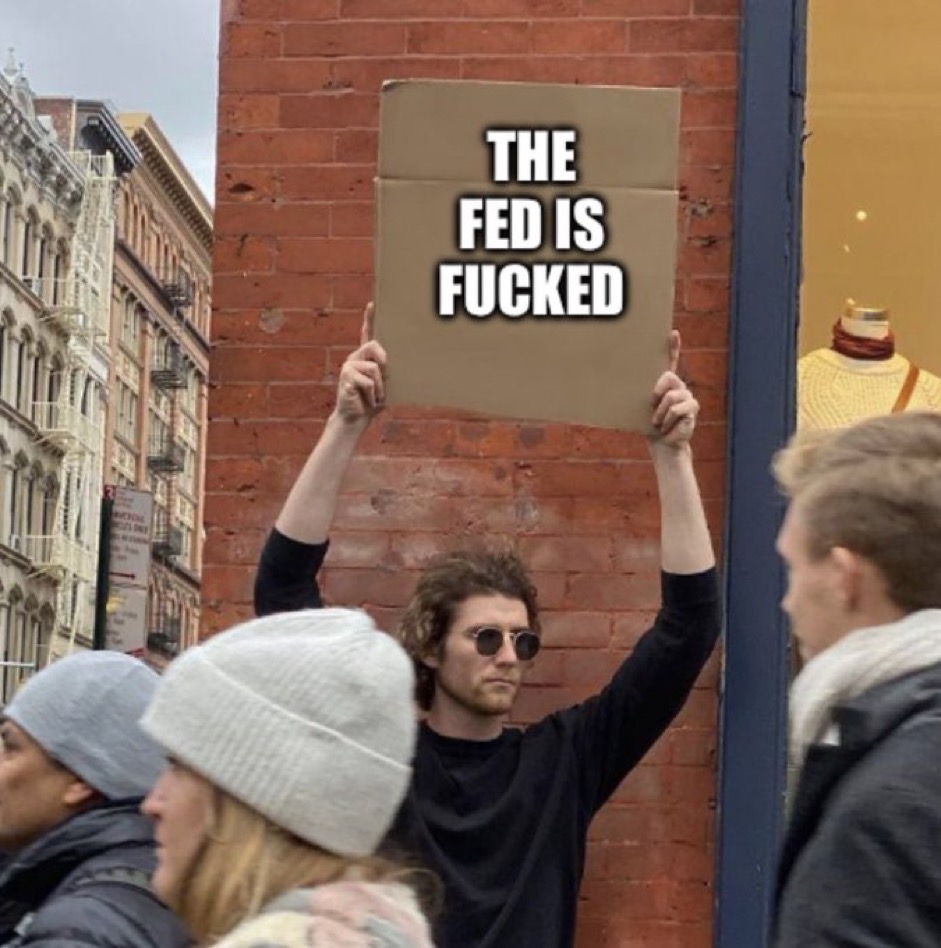
Two weeks ago, traders assigned a 60% probability to a FED emergency rate cut, potentially up to 75 basis points. Let me stress this point: an emergency rate cut isn’t an ordinary one. What was the “emergency” that required such a swift and powerful action from the FED two weeks ago? If your answer is “Japan,” then why should the FED cut rates and print money on behalf of the BOJ? Last time I checked, the Federal Reserve was still the Central Bank of the United States of America, not Japan.
Thank God, for once, the FED didn’t do something stupid for the sake of calming hysteric crybabies. Why would a FED emergency rate cut two weeks ago have been the equivalent of throwing gasoline on the Japanese wildfire? Because decreasing the rates differential in the short end of the yield curve, the one with the greatest impact on FX rates, between the US and Japan would have strengthened the JPY even more against the USD, increasing the volumes of JPY carry trade positions forced to be unwound as per dynamics I already explained in “A TRAVELER GUIDE TO NAVIGATE THE BANK OF JAPAN MESS”.
This is the perfect example of how traders always overestimate the benefits of a policy decision apparently in their favor while underestimating (if not often ignoring) its risks.
What did the FED do instead? It clearly coordinated with the BOJ to devalue the JPY to take the foot off JPY carry traders’ necks. How did they do it? Check out what happened to the EUR that, in the past 2 weeks, counterintuitively STRENGTHENED against both USD and JPY. Why counterintuitively? Because Eurozone economic data continued to deteriorate, led by a Germany in recession even considering the “suppressed” inflation deflator used for the GDP calculations (inflation is much higher in Germany than what is being reported in publicly politically seasonally adjusted statistics). How could this be achieved? On one side, the US Treasury and the FED used the “buy back” program to bring down the yields in the long term of the curve while financing the purchases by issuing T-Bills and shorter maturity treasuries, ultimately decreasing the differential between EUR and USD rates. This wasn’t enough though; at the same time, the BOJ kept purchasing longer-dated JGBs, lowering those yields too. So, while the rates differential between USD and JPY curves remained roughly stable, it shrunk between EUR and USD while contemporarily widening between EUR and JPY. The combined effect of what I described is to trigger a bid for EUR since Eurozone government bonds were appreciating in relative terms against both those of the US and Japan.
Please forgive me for the quality of the charts, but this is the best I can put together today without access to my laptop due to VPN issues (I am currently traveling in Xinjiang).🙏🏻
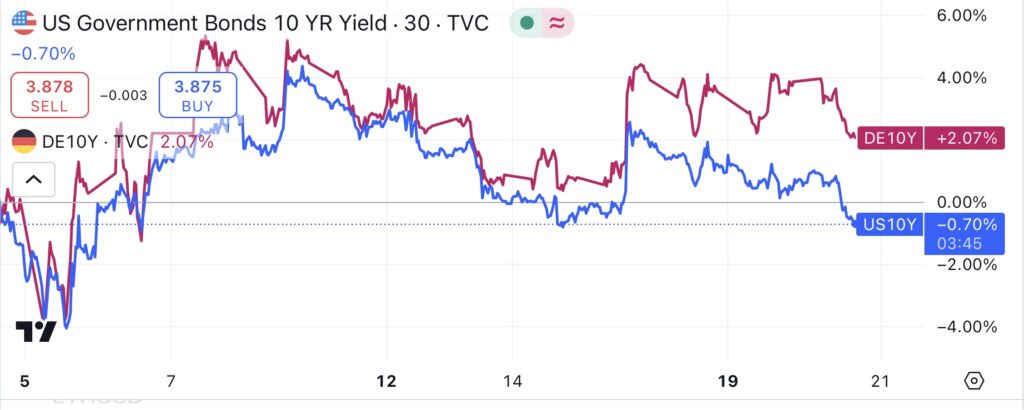
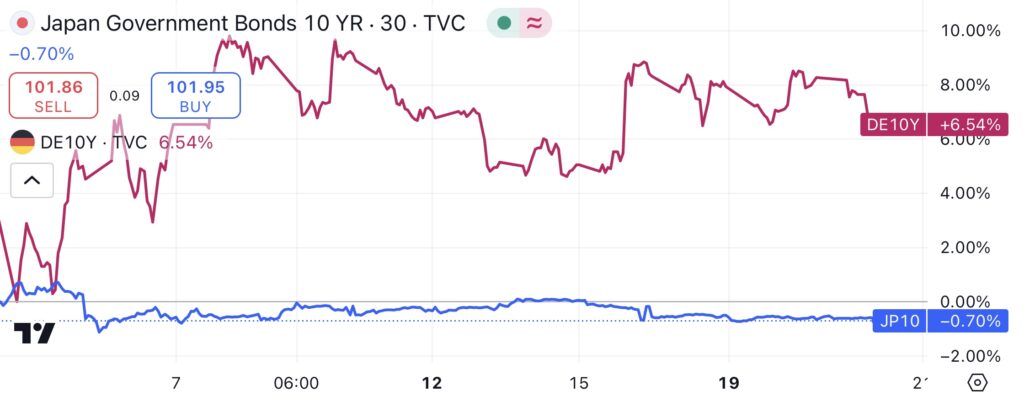
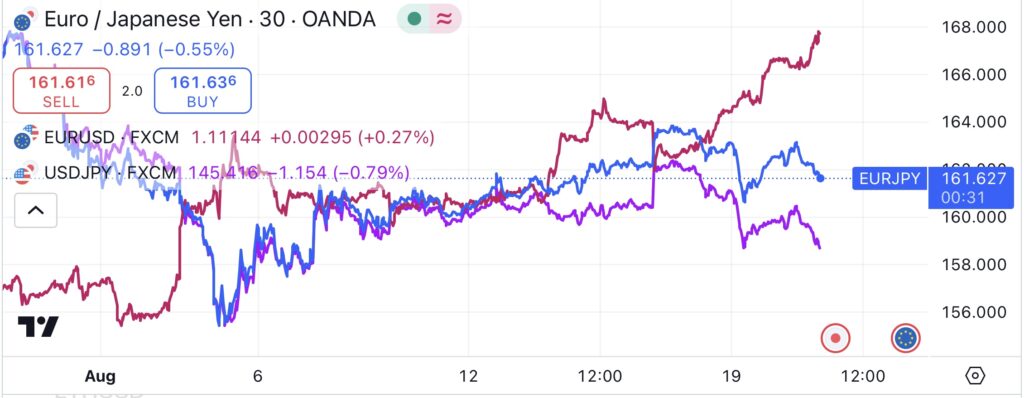
Of course, what I described is a temporary fix and it has already exhausted itself. Why? Because if the DXY depreciates further, the FED will trigger a flare-up in inflation again due to a natural increase in the costs of all goods and commodities the US imports. On the other side, if the EUR keeps appreciating, that will have a significant impact on the export-oriented Eurozone economies that will eventually see a further slowdown of their GDP due to a decrease in exports (their goods will be more expensive compared to competitors like China).
As a matter of fact, as you can see in the DXY chart below, the previous time the FED “intervened” to help the BOJ (and when the market was dreaming about 6 rate cuts to be delivered in 2024), it was forced to stop and U-turn its narrative exactly where we are right now.
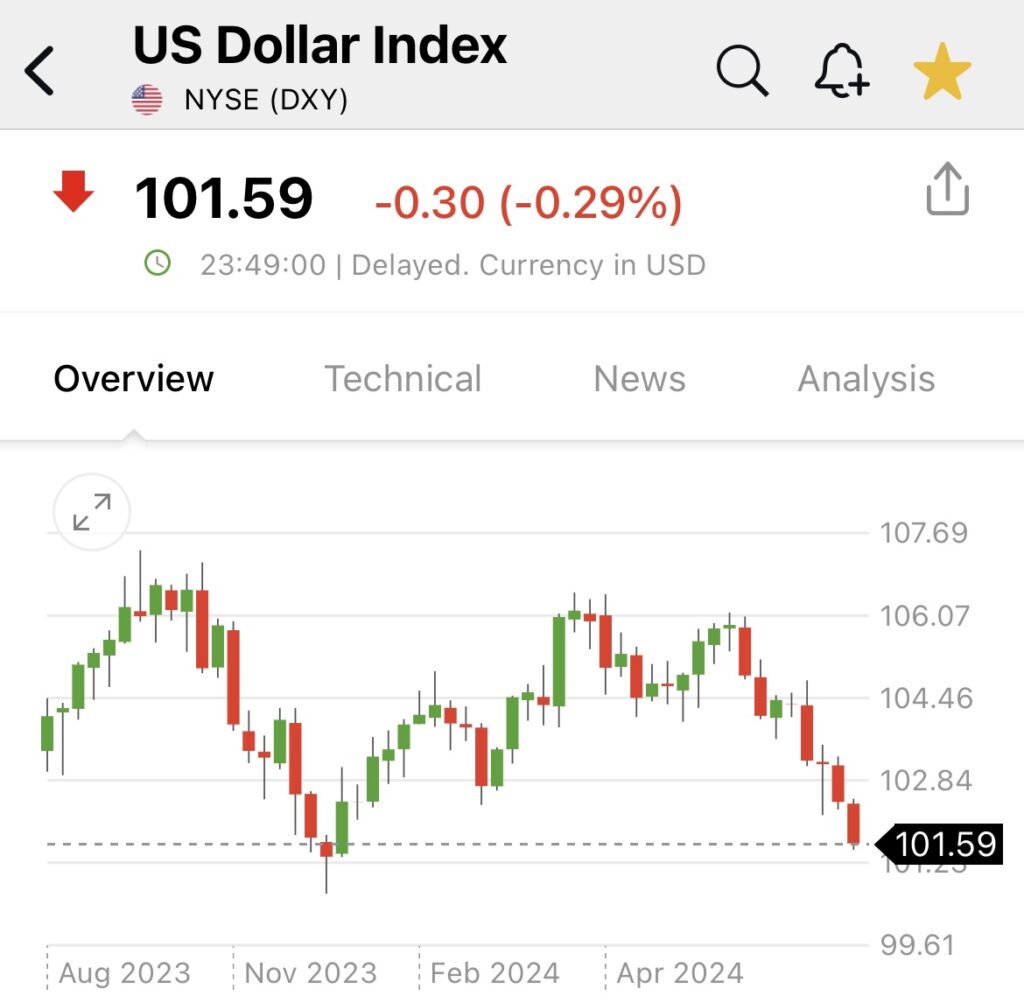
To all those who advocate rate cuts because those will benefit the economy, I dare to ask where exactly the economy will benefit in the current situation. A rate cut will not only risk triggering a resumption of forced JPY carry trades unwind, eventually putting stocks back on the brink of crashing because of forced deleveraging, but will clearly reignite inflation in a country already dealing with a cost of living more and more unaffordable for a larger and larger portion of the population.
As if what I described wasn’t enough already, if the FED cuts rates, there is the ultimate risk of triggering an inversion of the US yield curve back to upward sloping. As I described in “FED AND BOJ WILL DO EVERYTHING THEY CAN THIS WEEK TO SAVE THE STOCKS BUBBLE ONCE AGAIN,” if that happens, it will be hard for the global financial house of cards to remain standing as it has happened every single time in the past.
After all we discussed today, if you still think the FED should move forward and cut rates soon, then I would love to hear your counter-argument in the comments.
